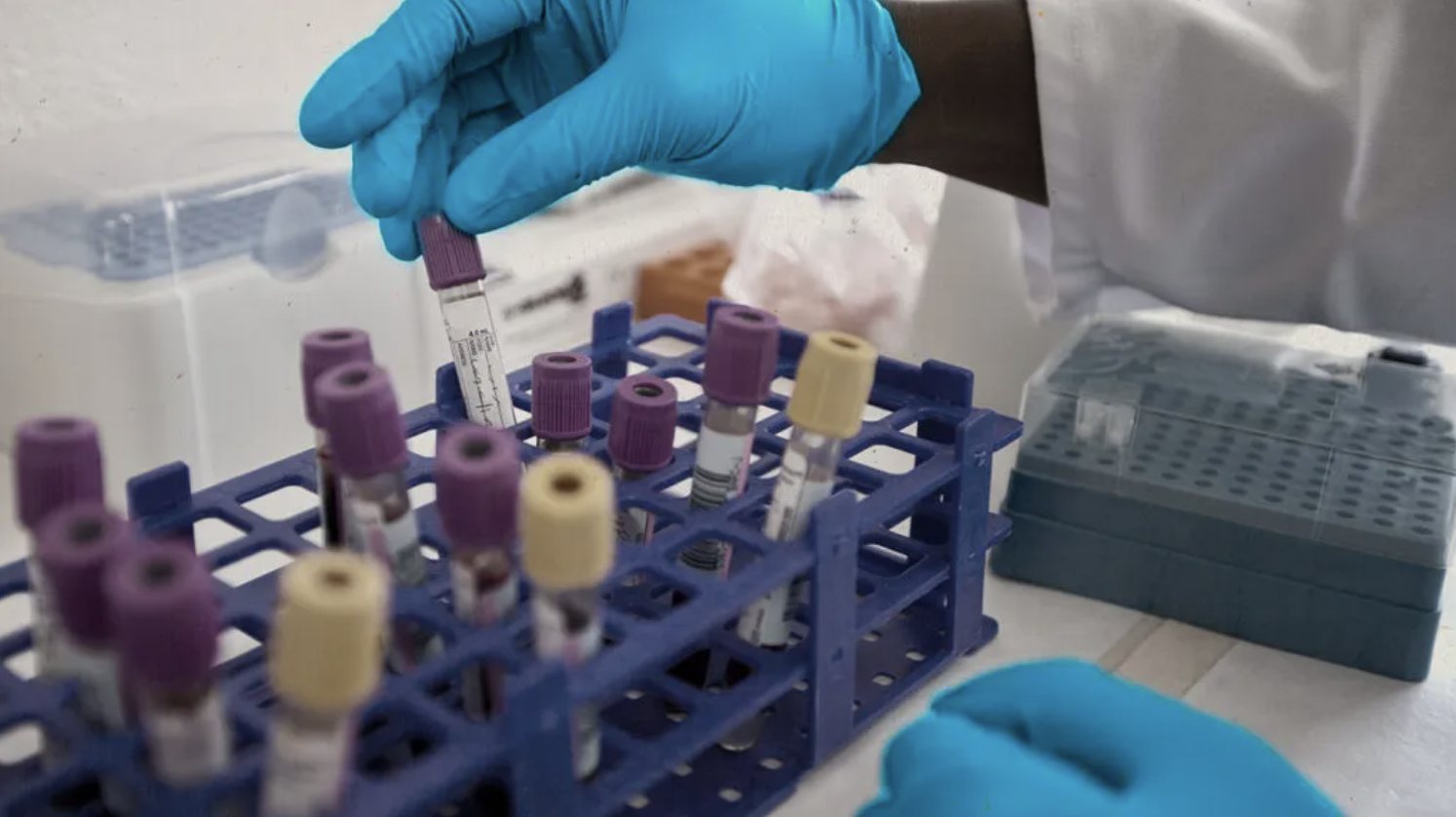What to know about ATI for HIV

Medical News Today – Updated for November 2021
Author: Mary West
Medically reviewed by Joseph Vinetz, MD
An analytical treatment interruption (ATI) is a temporary pause in standard HIV treatment, called antiretroviral therapy (ART). Scientists conducting clinical trials on the effectiveness of alternative therapies for HIV use ATI as an assessment tool.
ATI offers the advantage of allowing researchers to see exactly how a certain treatment is effective in reducing HIV in the blood. However, it involves risks due to temporarily withdrawing the therapy that effectively controls HIV. Such risks include acute HIV symptoms and the potential for resistance to ART.
Keep reading to learn more about the benefits and potential risks of research on HIV that uses ATI for treatment evaluation.
What is it?
While HIV has no cure, research suggests ART is an effective treatment method. ART reduces the viral load, which refers to the amount of HIV in the blood. Consequently, ART enables people with HIV to live longer, healthier lives and helps prevent transmission of HIV to partners.
However, for as long as a person takes ART, it is impossible to know how an alternative treatment will affect them. For this reason, researchers conducting clinical trials on novel HIV treatments use ATI, which involves taking a short break from ART.
ART can suppress HIV but does not eliminate the virus. ATI provides a way for scientists to observe whether a vaccine or other ART alternatives can produce prolonged virus suppression. By stopping ART, scientists can assess the effectiveness of the other treatments.
Effectiveness
Research from 2020 discussed the effectiveness of the strategies behind the two types of ATIs: a fixed period and monitored pause to ART treatment.
Fixed period ATIs
A fixed period ATI is the interruption of treatment for a set period that normally lasts 12–24 weeks. The goal involves measuring viral load control after the virus decreases to a steady level, called the viral set point.
A viral set point is one of the best ways of assessing interventions that boost immunity after an interruption in ART. With this in mind, fixed period ATIs appear effective in evaluating how well immunity-related treatments work.
Monitored ART pause ATIs
Rather than a treatment interruption for a set period, a monitored ART pause is an ATI that restarts regular treatment at the first sign of viral rebound. This is the point where viral levels become detectable again after being undetectable. Frequent monitoring is necessary, but researchers consider this the safest strategy.
The main advantage of a monitored ART pause involves shortening the treatment pause, which may prevent complications. However, one possible disadvantage is the reduced capacity to assess the effectiveness of ART alternatives that involve immunity.
That said, this type of ATI can be effective in evaluating treatments aiming to decrease viral reservoir size. This refers to groups of cells with HIV that have not produced new HIV for a long time but have the potential to start production again.
Benefits
Currently, researchers do not know of any biomarkers that can evaluate the effectiveness of a tested treatment for HIV. There are also no biomarkers that can predict how well a tested treatment can control HIV viral levels. A biomarker is a measurable substance in the blood that indicates an infection or condition.
Until scientists discover such biomarkers, ATIs offer a way to measure the viral control of a possible new HIV treatment. In the temporary absence of ART, researchers know that any viral reduction is due to the tested treatment. This means the benefit of ATIs involves how scientists determine if an intervention or treatment can produce ART-free remission from HIV.
Risks and side effects
Evidence indicates ATIs involve a range of risks and side effects. Because ART reduces the viral load to undetectable levels, the viral load may increase during a pause in treatment. This may result in symptoms of acute retroviral syndrome, another term for acute HIV. Symptoms of this condition may include:
- fever
- headache
- rash
- muscle pain
- swollen lymph nodes
- sore throat
However, these symptoms disappear quickly upon resuming ART treatment.
ATIs also cause a higher risk of the following:
- infections
- death from other causes
- deficiency of platelets, structures in the blood that enable normal clotting
- cardiovascular, liver, or kidney disease
- increased inflammation
- transmission of HIV to partners
Research also indicates a limited risk of HIV mutations that lead to ART resistance. This means the ART would be less effective following treatment resumption after the ATI ends.
To minimize the risks, researchers provide the below criteria for choosing participants for clinical trials:
- inclusion of healthy people who have well-controlled HIV
- inclusion of individuals whose immune system is functioning well enough to tolerate higher viral loads
- exclusion of people with cancer, cardiovascular disease, neurological conditions, and ART resistance
Outlook
Research from 2018 emphasizes the need for scientists to develop additional treatment strategies for HIV beyond ART. The authors note that ATIs will be an essential part of future clinical trials to discover effective treatment alternatives. Because of the possibility of side effects from ART treatment pauses, the research investigated the short-term effects of ATI on people with HIV.
The research data suggest that the short-term use of ATIs has no link to irreversible harm to immunity or permanent expansion of HIV reservoirs. As the results support the inclusion of ATIs in future trials, the outlook for their continued use is good.
Summary
Since no known biomarkers can predict HIV viral load, there are no blood tests that allow researchers to assess the value of new treatments fully. With this in mind, clinical trials on alternative therapies for HIV use ATI as an evaluation tool.
Although ATIs provide a research advantage, they could lead to side effects due to the withdrawal of ART, which helps manage HIV.
To minimize these risks, experts advise researchers exercise care in choosing the healthiest participants for clinical trials.





